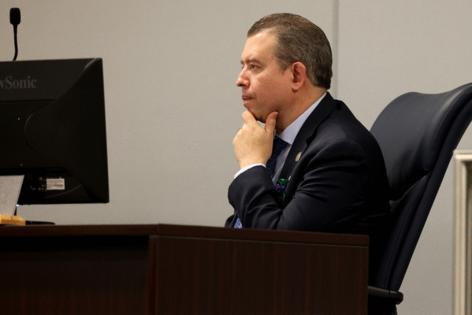Chicago Public Schools launches a new, 'more equitable' funding model
Published in News & Features
CHICAGO — While legislators in Springfield consider a bill that would prevent Chicago Public Schools from closing schools or making changes to its admissions policies through 2027, district officials have begun finalizing a budget they claim will benefit all of the district’s schools – neighborhood and selective enrollment – in the upcoming school year.
The district’s proposed budget for the 2024-25 school year will use a new method for distributing funds so that all of the city’s more than 600 public schools will be guaranteed a minimum number of teachers in core subjects like reading and math, as well as in arts and physical education, according to budget documents provided by CPS.
The new approach will protect the robustness of the city’s “strongest schools,” while ensuring those in high-poverty areas aren’t starved of resources that helped produce recent academic gains, district CEO Pedro Martinez told the Tribune last week. But, with a $391 million deficit projected, something will have to give. And, central office expenses, such as vendor payments which surpassed $2.8 billion this school year as of March 15, according to CPS procurement data, are currently under review, Martinez said.
“It’s not easy to do,” Martinez said, regarding cuts to district-level operating costs. “But we made the decision to protect the schools, because this funding model we feel is much more equitable, much more transparent.”
The new rubric also guarantees a minimum number of administrators and support staff, such as counselors, per school and establishes baseline ratios of various staff positions to students.
At schools where larger portions of the student population need access to additional resources, such as counseling or special education, CPS’ revamped funding model provides more discretionary funding per student and smaller ratios of educators to students in the building.
All high schools, for example, are assured a baseline ratio of, at most, 1 teacher for every 21 students in the building and $1,095 per student in discretionary funds. High schools demonstrating the greatest need are assured a ratio as low as 18 to 1.
The district will provide elementary schools a baseline of $365 per student in discretionary funds and a maximum ratio of 1 teacher for every 26 students. That decreases to as low as 1 teacher for every 22 students at elementary schools with the most need.
A school’s degree of need is determined by what is called an “Opportunity Index” score. The score is based on a formula that includes a school’s percentage of vulnerable students and community characteristics, including poverty and historical funding. Out of 60 possible points, larger scores demonstrate greater need. Scores across the district currently range from 14 to 52.
For every Opportunity Index point above 14, the district will increase a school’s funding by $12 per student at elementary schools and $18 per student at high schools.
...continued
©2024 Chicago Tribune. Visit at chicagotribune.com. Distributed by Tribune Content Agency, LLC.







Comments